Five Ways We Can Protect the Global Ocean
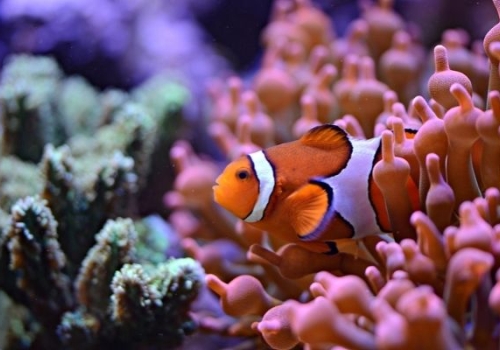
From protecting international water with a UN treaty to establishing more fully-protected marine reserves, the Pew Charitable Trusts reminds us about the beauty and importance of our marine wilderness, and how and why we must preserve it for future generations.
1. End Harmful Subsidies that Drive Overfishing
Overfishing presents one of the greatest threats to the health of the global ocean. Estimates from the United Nations Food and Agriculture Organization (FAO) suggest that 34% of fish populations worldwide are exploited beyond biologically sustainable levels.
Some fisheries subsidies—payments that governments make to the fishing industry—are a key driver of this overfishing, and new research has found that eliminating all of these harmful subsidies could help fish populations recover. Specifically, ending all destructive subsidies would result in an increase of 12.5% in global fish biomass by 2050, which translates into nearly 35 million metric tons of fish—almost three times the entire continent of Africa’s fish consumption in a single year.
These figures are derived from a bioeconomic model—funded by The Pew Charitable Trusts—that scientists at the University of California, Santa Barbara, created using publicly accessible data from 2018, the most recent year for which complete data was available. The model was peer-reviewed by independent economists, and later shared with World Trade Organization (WTO) members who are currently negotiating a global agreement that could end all damaging subsidies and help fish populations achieve the significant rebound forecast by the tool.
Right now, governments around the world spend $22 billion each year in harmful payments to their fishing sectors. This money allows fleets to continue fishing even when market and operating conditions, such as dwindling catch, indicate they shouldn’t.
The WTO began negotiating fisheries subsidies reform two decades ago, and last year members were poised to strike a deal to eliminate these payments—and meet the deadline they committed to under the United Nations’ Sustainable Development Goal 14, Target 6. Unfortunately, WTO members missed their 2020 deadline primarily due to pandemic-related delays in the negotiations process. With no agreement in place, fish stocks continue to be overfished, underscoring the urgency with which the WTO must now act.
As talks continue, WTO members are using this model to compare the different policies that are under negotiation to explore how global and regional fisheries would respond to reform—for instance, by rebounding or being further depleted. Members are also using the tool to access a repository of fishery information.
The model takes vessel, fishery, and subsidy data from around the world and simplifies it to represent one global fishery and three regional fisheries: one each in the Atlantic, Indian, and Pacific oceans. A user can then select one of the proposed reforms the WTO is considering and see that policy’s potential impact on the amount of fish in the water (biomass), revenue from fishing, and global or regional catch levels, which can differ from one another. For example, if WTO members eliminate all harmful subsidies, the model shows that fish biomass in the Pacific could rise by 19.3% by 2050—an even greater jump than the global increase.
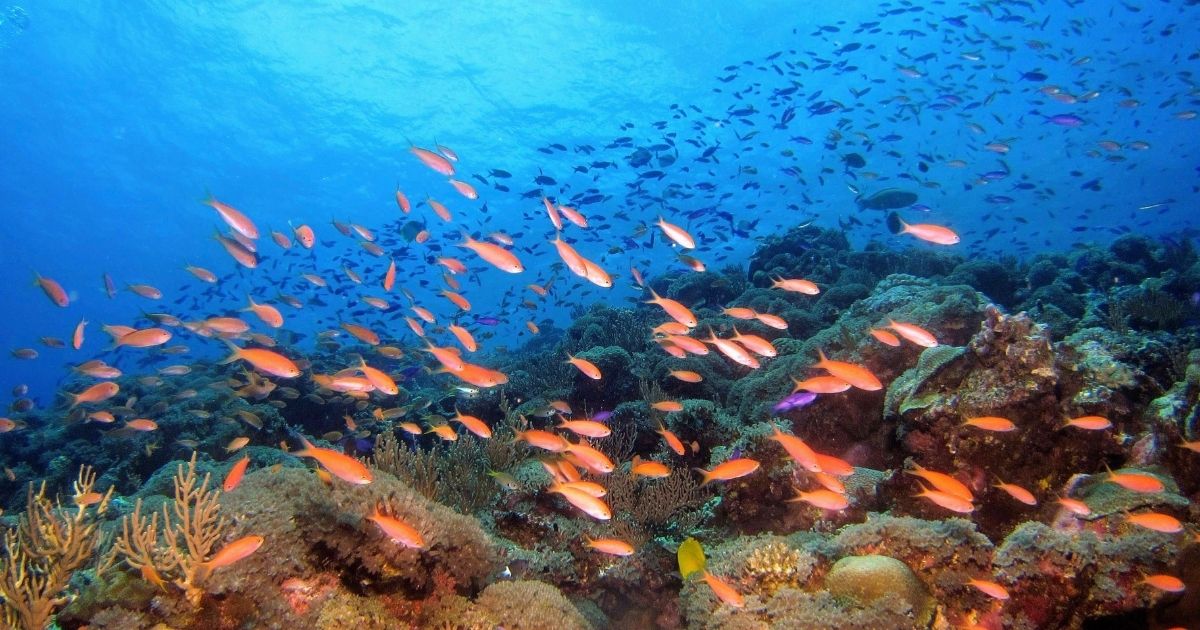
Scientists built the tool using data from sources such as the FAO global catch database, historical fish catch prices, the Global Fishing Watch database, and the Organisation for Economic Co-operation and Development’s fisheries support estimate database. Although the model accounts for a wide range of factors, the results of subsidies policy reform will likely vary from region to region because of variances in how nations run their subsidy programs, the condition of individual fish stocks, the complexity of fisheries management systems, and how fisheries respond to reform.
But one thing is clear: This model shows that ending harmful subsidies can help reduce overfishing and at least begin to reverse some of the damage it has done to our ocean. And that should persuade WTO members to swiftly reach an agreement on this vital issue and deliver good news to the billions of people worldwide who depend on healthy fisheries and a fully functioning marine ecosystem.
2. Protect International Waters with a UN Treaty
Nichola Clark, an officer with The Pew Charitable Trusts’ protecting ocean life on the high seas project, co-authored a letter to be published in Science on June 4, 2021, that sets out key priorities for negotiations on an international treaty to safeguard biodiverse waters beyond any nation’s jurisdiction.
The scientists say that the agreement should include a framework both to establish a network of marine protected areas in the high seas, including fully protected marine reserves, and to conduct environmental impact assessments and strategic environmental assessments in these ocean areas. The agreement also must lay out the institutional mechanisms required for effective implementation. The authors encourage scientists from around the world to support the call for a robust United Nations treaty by adding their names to the letter, which would help reflect the global nature of what is at stake in protecting the high seas.
3. Safeguard Reefs to Help Countries Adapt to Climate Change
Coral reefs, among the ocean’s most vibrant and productive ecosystems, support tremendous biodiversity and provide important ecosystem services and other benefits for more than 500 million people around the world. Despite covering less than 1% of the ocean floor, coral reefs are home to up to one-quarter of all marine species and provide food, income, and cultural value to coastal communities across the globe. Reefs generate an estimated US$36 billion in tourism dollars per year, and approximately US$5.7 billion in fisheries value.
Less commonly known is that nearly 200 million people worldwide may benefit from shoreline protections provided by coral reefs. Similar to mangroves, seagrass, and saltmarsh, reefs act as natural barriers, buffering shorelines from the full impacts of storms, waves, and flooding. In fact, healthy coral reefs can reduce wave action by up to 97%, according to a global analysis published in 2014 in Nature Communications—a benefit comparable to that provided by traditional gray infrastructure, such as breakwaters.
In the U.S., coral reefs help communities avoid an estimated US$1.8 billion in flooding and other damage and help protect more than 18,000 people from flooding each year. These benefits are so important that some governments are even insuring reefs, such as Mexico did with the Mesoamerican Reef off of the Yucatan Peninsula, to help pay for restoration efforts after reefs suffer hurricane damage. When this reef was battered by Hurricane Delta in 2020, the insurance payout of US$850,000 helped offset the cost of repairing the reefs, speeding up and improving recovery efforts.
For these reasons, countries increasingly are including actions to protect and restore coral reefs as nature-based solutions in their nationally determined contributions (NDCs) to the Paris Agreement. NDCs are governments’ self-defined goals for how they will meet their obligations under the Paris deal; governments must update their NDCs every five years, and have begun to submit their first updates. As climate impacts worsen, the coastline protection reefs provide almost certainly will become more important.
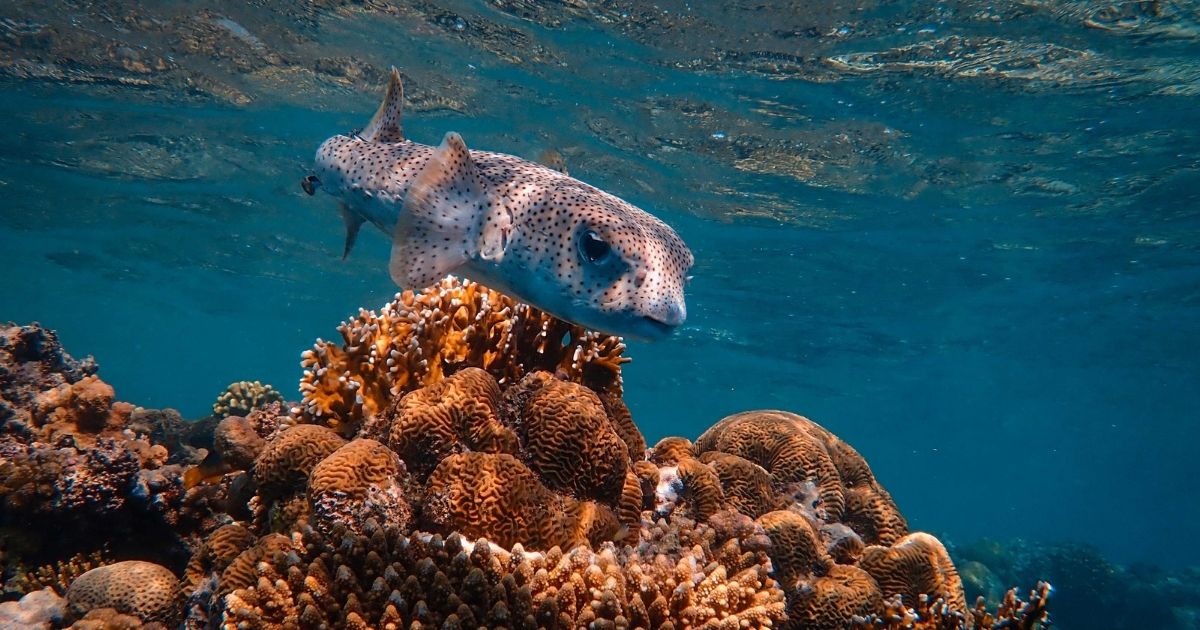
Coral reefs are also frequently found near carbon-rich coastal wetlands, such as mangrove forests and seagrass beds—known as “blue carbon” ecosystems for their ability to capture and store carbon dioxide. These coastal wetlands, along with saltmarsh, not only provide important benefits for biodiversity, coastal protection, and local economies, but also help mitigate the impacts of climate change by capturing and storing carbon in the underlying soil for millennia. In addition, when found together as an interconnected coastal system, live corals, seagrasses, and mangroves provide stronger defenses from storms than each habitat would on its own. In some places, seagrass beds and corals form a first line of offshore defense by reducing wave impacts and stabilising shorelines, buffering mangrove forests from more serious impacts and ultimately increasing the resilience of coastal regions.
Scientists, however, have predicted a grim outlook for coral reefs. The planet has lost half of its coral reefs in the past 20 years, and could lose over 90% by 2050. With rising sea surface temperatures, coral bleaching events are now occurring five times more frequently than 40 years ago. Coral reefs are also threatened by rising sea levels, ocean acidification, pollution, overfishing, coastal development, and disease. The loss of these ecosystems will be felt acutely by the most dependent communities, adding environmental justice as another driving reason for coral reef conservation policy action.
To help corals survive, countries must aggressively pursue the Paris Agreement targets of reducing greenhouse gas emissions and limiting global warming to 1.5 degrees Celsius, or at least keeping it below 2 degrees, compared to pre-industrial levels.
The Belize government is among those that recognize how coral reefs can help countries adapt to climate change. As it prepares its updated NDC, Belize is considering how to incorporate conservation targets for coral reefs—and mangrove forests—into that document. Along with protection and restoration actions, the government is planning to develop an early warning system to detect declines in coral health.
All parties to the Paris Agreement with coral reefs in their waters should embrace this opportunity to set ambitious coral conservation goals—along with strong greenhouse gas reduction targets—in their NDCs. By protecting coral reefs and coastal wetlands, nations can strengthen natural safeguards against storms and flooding, bolster livelihoods, and foster more resilient coastal communities—all of which are crucial in the face of a changing climate.
4. Establish more Fully Protected Marine Reserves
It is becoming increasingly clear that humankind must do more to protect our ocean. It generates about half of the planet’s oxygen, regulates our climate, and is home to 80% of all life on earth. Yet, ocean health is critically threatened by human activities that are driving the collapse of fisheries, the loss of biodiversity, and the acidification of seawater.
There is a growing recognition among political leaders, Indigenous groups, communities, and scientists that governments and other regulatory bodies need to protect and conserve at least 30% of earth’s coastal and marine areas by 2030 to secure and maintain a healthy ocean. Marine protected areas (MPAs) are the primary tool for conserving marine ecosystems. Yet, as two recent studies show, the design and management of these areas greatly affect their efficacy in delivering the desired benefits for nature and people.
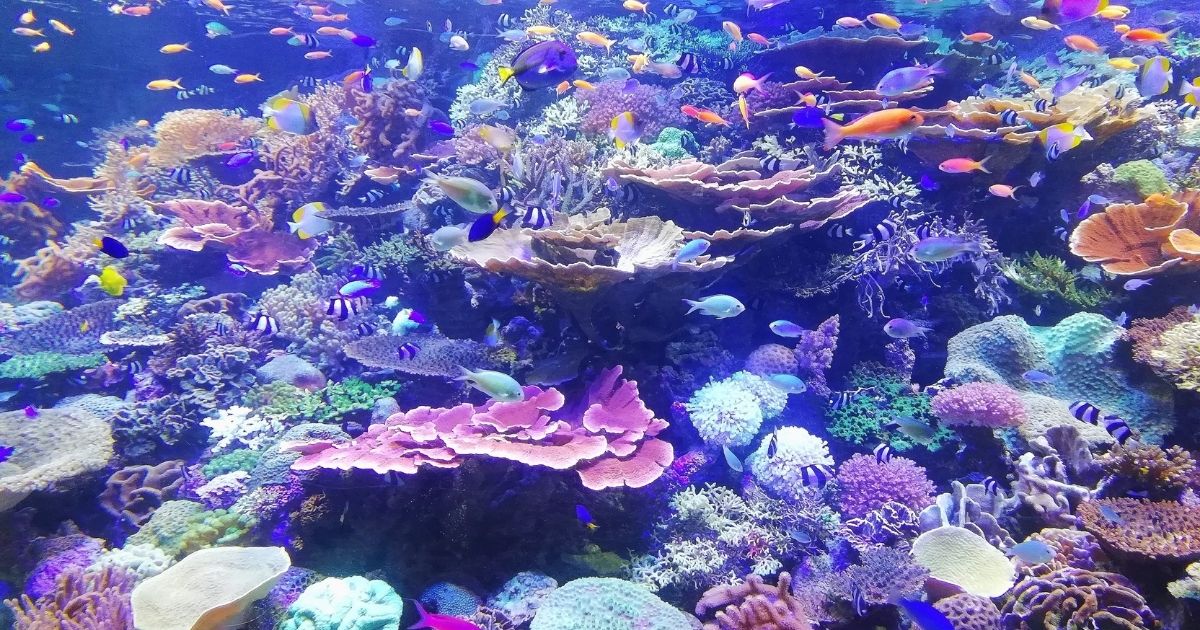
The majority of global MPAs are only partially protected, which means that although they restrict some extractive activities, they allow several others—often including damaging ones such as commercial fishing. This makes those MPAs significantly less effective at preserving biodiversity than areas with stronger restrictions, according to a recent study of MPAs along the southern coast of Australia.
The study, which published in January in the journal Conservation Biology, compared partially and fully protected MPAs along 7,000 kilometers of Australia’s Southern Great Reef. Examining biodiversity and abundance data, researchers found no more fish, invertebrates, or algae in partially protected areas than in unprotected waters. Fully protected areas, in contrast, had 30% more fish species and 2.5 times more fish biomass compared with areas with no restrictions.
Similarly, another study, published this month in Marine Policy, examined the long-term impacts of no-take MPAs in Kenya and showed that high protections increased fish populations by 42% and were more effective at sustaining fish stocks compared with areas where the only restrictions were on fishing methods.
Researchers examined recorded fish catches over 24 years in two Kenyan counties, representing the longest-ever study of continuous detailed fish catch record for coral reefs. One county used a fully protected MPA covering 30% of its fishing grounds, while the other implemented restrictions only on gear, including prohibiting small-mesh nets. The study showed that per-person daily catches increased 25 times faster in waters around the no-take MPA than in the areas that had only gear restrictions. Although researchers observed some short-term positive ecological benefits in gear-restricted areas, the polices did not maximize fishery productivity over the long term.
By safeguarding 30% of its fishing grounds in a fully protected MPA, the county of Mombasa was able to not only compensate for lost fishing area but also witnessed a substantial increase in fish populations. As the study explained, no-take MPAs “therefore help people highly dependent on fish for income and nutritional security that is lost when catches are unsustainable.”
These two studies build on a growing body of research that shows the importance of strong protections for achieving conservation benefits. A study published in 2018 that examined MPAs around the world found that highly protected waters showed higher biomass and abundance of commercial fish species than unprotected areas, while weakly regulated areas showed minimal ecological benefits. Similarly, researchers examining the Mediterranean Sea found that only 28% of protected areas had regulations sufficient to reduce human impacts on biodiversity. The science shows that fully protected, well-managed MPAs remain the best tool to conserve biodiversity and ecosystems, improve long-term food security, and protect ocean-based livelihoods.
The United Nations Convention on Biological Diversity is currently negotiating a new 10-year strategy for nature and people, including draft text to protect and conserve at least 30% of the global ocean by 2030. The plan would establish a “post-2020 biodiversity framework” for conserving and restoring nature that integrates many objectives included in the UN’s sustainable development goals and the Paris climate agreement, defining new milestones and targets for the preservation of nature through 2030 and beyond. As global leaders work toward these objectives, it’s vital that they consider the quality of protections—not just the quantity—and pursue those proven to achieve conservation outcomes that help secure the long-term health of our planet.
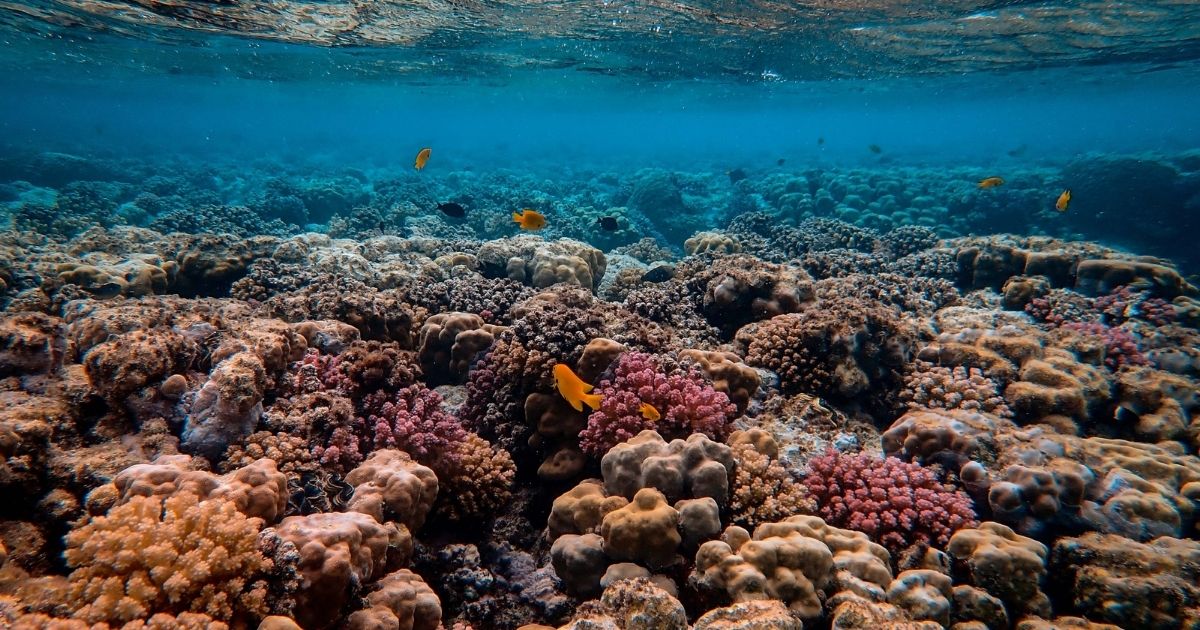
5. Protect 30 per cent of the global ocean by 2030
There is growing agreement among government leaders, Indigenous groups, communities, and scientists that governments and other regulatory bodies must protect and conserve at least 30% of earth’s coastal and marine areas by 2030 to secure and maintain a healthy ocean, support resilience in the face of climate change, improve food security, and more. The U.N. Convention on Biological Diversity is negotiating a new 10-year strategy for nature and people, and the draft text already includes a version of this critical “30 by 30” target. The Pew Charitable Trusts is among many stakeholders encouraging the convention to adopt that draft at its 15th Conference of the Parties in China this October.
The proposed target includes two approaches to ocean management: marine protected areas (MPAs) and “other effective area-based conservation measures” (OECMs). Although the two measures differ in their objectives—MPAs are designed specifically to conserve nature, while many OECMs are established primarily for other reasons—they both help to protect biodiversity and support Indigenous and local communities that depend on a healthy marine environment. Although understanding of the most effective design and implementation of MPAs has evolved in recent decades, decision-makers are only just starting to consider OECMs as a marine conservation tool. If properly delivered, OECMs could be a powerful means of improving ocean health.
n recent decades, the global community has focused primarily on MPAs to reach global biodiversity objectives, in part because there was no official definition or criteria for OECMs until 2018. That year, during the 14th Conference of the Parties held in Egypt, parties to the Convention on Biological Diversity adopted the following definition, based on the recommendations of the International Union for Conservation of Nature (IUCN) Task Force on Other Effective Area-Based Conservation Measures:
“A geographically defined area other than a Protected Area, which is governed and managed in ways that achieve positive and sustained long-term outcomes for the in-situ conservation of biodiversity, with associated ecosystem functions and services and where applicable, cultural, spiritual, socio-economic, and other locally relevant values.”
In simple terms, OECMs might not be designed primarily to protect biodiversity but still deliver effective and enduring conservation outcomes. For example, a watershed that’s managed primarily to ensure clean drinking and irrigation water could still protect critical wetland habitat for migratory birds. Some OECMs do list biodiversity conservation as a primary objective but are not officially classified as MPAs for governance reasons. This may happen, for example, where Indigenous peoples or local communities have decided to conserve an area using traditional practices, without formal recognition by the regional or national government. OECMs therefore may be governed by any one of a diverse range of authorities and arrangements, from national and tribal governments to local communities.
According to the IUCN, other examples of potential OECMs include privately owned areas that have specific conservation objectives but are not recognized as protected areas under national legislation; shipwrecks and war graves in coastal and marine areas that also safeguard biodiversity; sacred natural sites with high biodiversity values that are conserved for their faith-based significance; and permanent or long-term fisheries closure areas that, through effective management, result in the conservation of additional elements of biodiversity.
Expanding the conservation toolbox to include OECMs would provide a wider range of mechanisms for achieving marine conservation goals, including the global 30 by 30 target. Importantly, OECMs can also acknowledge Indigenous peoples’ and local communities’ important conservation contributions in protecting sacred sites, culturally important areas, and biodiversity elements without necessarily involving the formal regional or national government processes required for protected areas. OECMs, if equitable and effective, have the potential to complement protected areas around the world.
Two key objectives of the proposed 30 by 30 target are to halt and reverse biodiversity loss and enhance climate change resilience, which in turn should deliver positive outcomes for all people. Given the ocean’s influence on weather, climate, food security, and more, it is not an exaggeration to state that every one of us relies on a healthy marine environment.
At the same time, expanding the designation of OECMs in sectors such as fisheries carries some risks. For example, a government might attempt to designate an area-based fisheries management measure as an OECM and claim it is contributing to the 30 by 30 target, even if it doesn’t meet the Convention on Biological Diversity’s definition and criteria for an OECM. Seasonal fisheries closures and similar measures can play a crucial role in sustainable ocean management but do not necessarily contribute to the 30 by 30 target.
The IUCN and others have done significant work over the past decade to communicate with ocean stakeholders—including government leaders, Indigenous groups, communities, and scientists—about MPAs’ importance and what constitutes effective protection. Similar engagement is now critical to emphasize OECMs’ importance as a conservation tool, especially in the context of Indigenous land and ocean management. Over the coming months and years, as OECM guidance is published across various sectors and global institutions—for example, by the Food and Agriculture Organization of the United Nations (FAO) and the IUCN—it is critical that we see consistency of language and standards. Otherwise, OECMs could undermine global conservation efforts by capturing designations in national and local accounting that bring minimal, if any, biological benefits. A well-coordinated effort, which ensures that OECMs in all sectors bring significant benefits to marine ecosystems and the people who depend on them, is critical to the rejuvenation of the ocean.
Images: Unsplash


Post your comment
You cannot post comments until you have logged in.
Login to post a commentComments
No one has commented on this page yet.
RSS feed for comments on this page | RSS feed for all comments